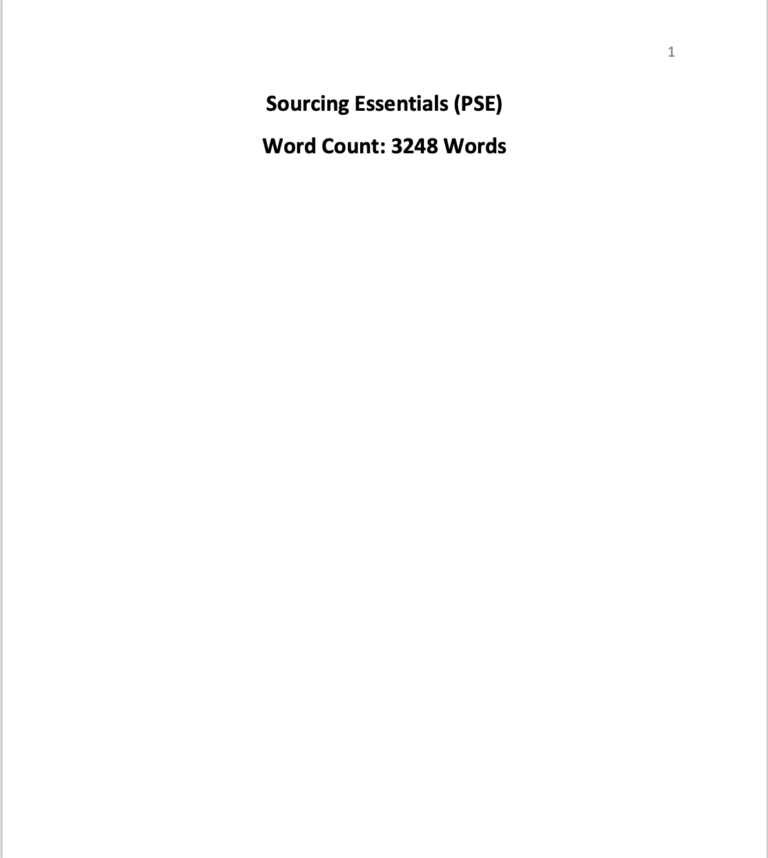Description
Solution
Introduction
Leadership and management are vital issues in organisational growth and development. However, Azad et al. (2017) note that the two are independent functions, which promote change and teamwork in the organisation. Drawing from current literature, leadership is defined in visionary and the right actions. Management involves task-orientation and doing things right. Several leadership styles exist. Transformational leadership, for instance, is concerned with change and motivating employees. However, leadership and management are influenced by several issues, including ensuring the productivity and performance of the employees, managing change, training and development, and the individual’s wellbeing. This presentation entails two leadership and management challenges experienced at the organisation. The issues are examined based on Virani Food Products Limited. The two issues examined are ensuring employee productivity and performance and managing change.
Organisation of Interest
Virani Food Products Limited is a family owned business that was established 4 decades ago. The organisation is founded on the Virani brand of gram flow that has become the preferred supplier of pulses, seasonings, and spices to most manufacturing organisations. These companies service the majority of dynamic and demanding retail markets globally. Together with the organisational partners in the origin states, Virani Foods Products Limited source for ingredients to suffice the evolving technical needs of the regulators and customers (Virani.com). The firm also ensures continuity in the supply of the consistently high-quality goods to its customers.
ISSUE ONE: ENSURING EMPLOYEE PRODUCTIVITY AND PERFORMANCE
Ensuring Employee Productivity and Performance
Employees’ performance is based on several factors. According to Kenny (2019), among these aspects in training and development, which improves the individual’s capability. Several forms of training exist, including on the job training, simulations, and using lectures. Notably, individuals that undergo on-the-job training have better performance since this increases their competencies and skills that arise from experience. Another aspect of ensuring employee productivity is performance appraisal. This precedes training and development. According to CIPD (2019), performance management aids in understanding what the organisation expects from them, evaluating the individual’s output and contribution to the company, and ensuring that the individuals are accountable. Feedback from performance management informs the training and development. This ensures that the individual’s performance is aligned with the company’s objectives.
Please click the icon to access this assessment in full
Related Papers
(Solution) CIPS Saudi Syndicate Cohort 1 (Practitioner) PIN
- Internal and external analyses should be carried out in order to pinpoint the best or most effective sourcing strategies for IT.
- A broader sourcing appraisal strategy should be introduced within the procurement policies and practices.
- Improve in focus in managing effective sourcing strategies based on organisational objectives.
- Broader inclusion of stakeholders in the procurement process, in order to enhance sourcing strategy effectiveness.
- Capacity development initiatives should be implemented in the PS&M practices, especially within IT category.
(Solution) CIPS Advanced Practitioner Award APGCE
- Hertfordshire and West Essex (H&WE) NHS need to prioritise on investing on technologies for improving analysis of the relationships and corporate strategy achievement
- In supply chain analysis, open book pricing also characterised with flexibility influencing scope of collaboration and suppliers partnering hence an improved practice
- Engage Procurement and Supply Chain Management (PS&M) successfully since they are engaged to predict and satisfy customers’ needs
- Consistently updating their supply chain networks informed by different risks
(Solution) marketing analysis (e.g., SWOT, STP, or the marketing mix) to identify the key marketing challenges Proximie faces
(Solution) CIPS MER Developing Contracts
- In SWOT analysis, one of the identified weakness is failure to use technologies in their sourcing approach. As a best practice, Ericsson can make investments in modernised technology including AI, machine learning in improving their sourcing strategies
- Since there is no one-size-fits all approach of selection criteria and sourcing strategies, the best practice would be to harness collaborative and partnerships relations for success of their sourcing.
- Pursue a holistic L&D practices by the PS&M in order to understand the best sourcing approach which would be in a position of enhancing the overall process of sourcing
- Further, from the risk analysis, some of the risks identified are not UpToDate. Hence, it is important continuously updating supply chain networks for identifying potential risks which are internal and external.
(Solution) CIPS Sourcing Essentials Assessment
- In this assessment, sourcing approaches have been identified and holistically reviewed. This is in line with RCU organisation IT spend category. This is further compared with payment services, document management category which is office suppliers and postal services.
- For evaluating the identified spend categories, various tools have been selected which are Kraljic Analysis Tool, Mendelow’s Analysis Tool for Stakeholder analysis and the Maslow Hierarchy of needs.
- Further, by using the SWOT analysis, the internal and external factors of the sourcing have been selected. A further analysis by use of Peter Block Grid’s has been applied to evaluate the interests of stakeholders to source appropriate position.
- The findings indicate that RCU adopts the best sourcing approach based on their needs.
- Finally, by using Carter’s 10Cs model, the best practice for pursuing suppliers appraisal has been provided for IT spend category.



